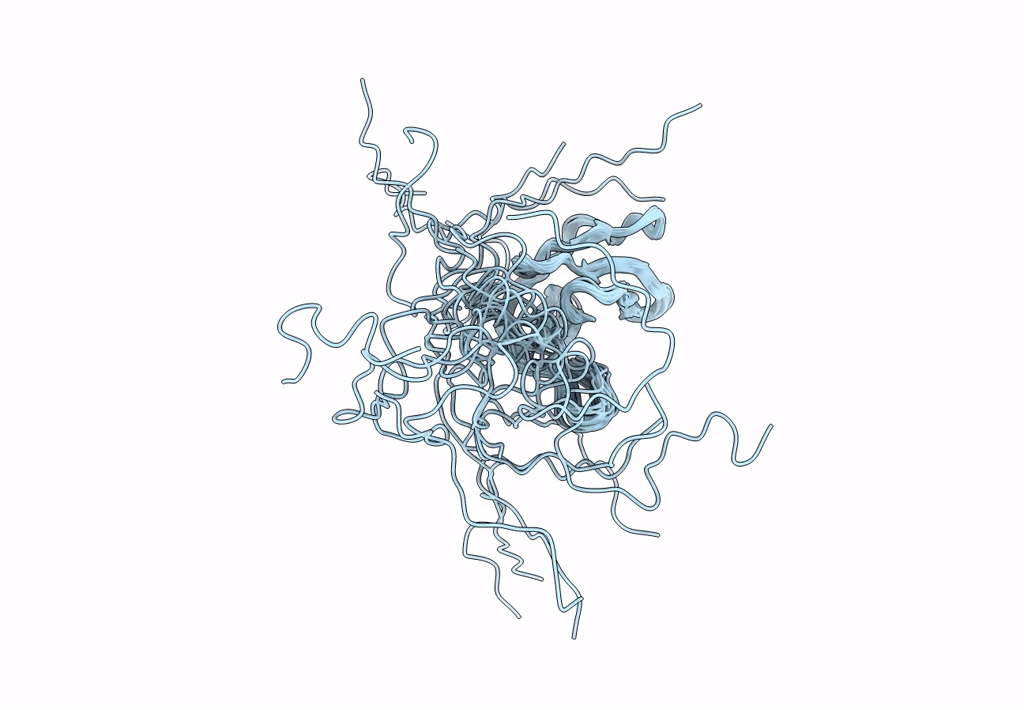
Deposition Date
2022-04-12
Release Date
2023-04-26
Last Version Date
2024-11-06
Entry Detail
PDB ID:
7ZKD
Keywords:
Title:
The NMR structure of the MAX47 effector from Magnaporthe Oryzae
Biological Source:
Source Organism:
Pyricularia oryzae (Taxon ID: 318829)
Host Organism:
Method Details:
Experimental Method:
Conformers Calculated:
20
Conformers Submitted:
20
Selection Criteria:
structures with the lowest energy


